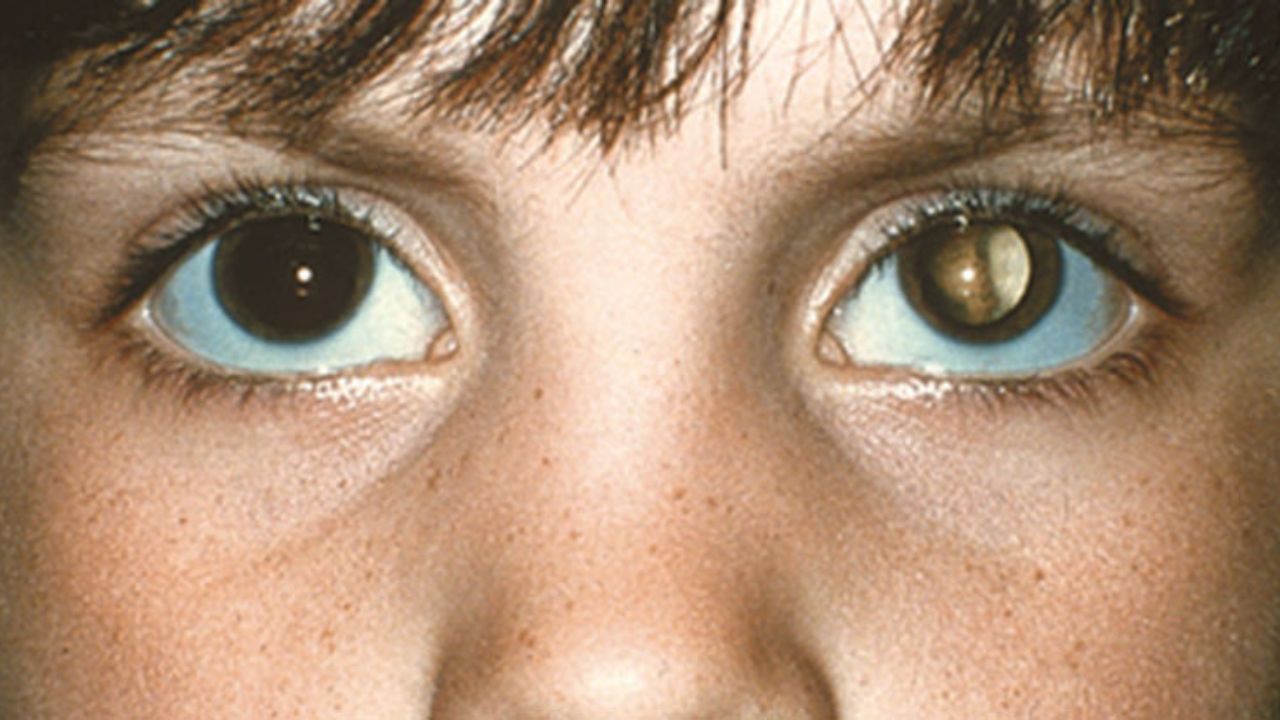Retinoblastoma Treatment in India
Retinoblastoma, a rare eye cancer, primarily affects young children. It originates in the retina, the light-sensitive layer at the back of the eye that transmits visual signals to the brain. While adults can occasionally develop retinoblastoma, it primarily impacts children under five years old. This condition may affect one or both eyes, making early detection and treatment critical for successful outcomes.
Understanding Retinoblastoma
Retinoblastoma arises from genetic mutations in the nerve cells of the retina, causing them to multiply uncontrollably and form a tumor. These tumors can grow and potentially spread to other parts of the body, including the brain, bones, and spinal cord. Although the precise cause of these mutations remains unclear, retinoblastoma can be hereditary, passed from parents to children.
Stages of Retinoblastoma
Doctors classify retinoblastoma into stages based on the tumor’s extent and spread:
- Stage 0: The tumor remains confined to the eye and may be treated without surgery.
- Stage I: The tumor is localized within the eye, and surgical removal of the eye can eradicate the cancer.
- Stage II: Cancer cells persist microscopically even after eye removal.
- Stage III: The cancer affects surrounding tissues or lymph nodes in the neck.
- Stage IV: The cancer has metastasized to other body parts, such as the bones, liver, brain, or spinal cord.
Symptoms of Retinoblastoma
Parents should look for these signs in their child:
- Leukocoria: A white or cloudy appearance in the pupil, noticeable in certain lighting or photographs with flash.
- Strabismus: One or both eyes may turn in different directions.
- Red or Inflamed Eyes: The eyes may become red, swollen, and sensitive to light.
Diagnosis
Healthcare providers diagnose retinoblastoma through a comprehensive eye exam under general anesthesia. The ophthalmologist uses specialized equipment to examine the retina thoroughly. Additional diagnostic tests may include:
- Imaging Tests: MRI scans and ultrasounds provide detailed images of the eyes.
- Spinal Tap: Analyzing cerebrospinal fluid can reveal cancer cells.
- Bone Marrow Biopsy: This test checks for cancer spread to the bones and bone marrow.
Treatment in India
India offers advanced and affordable retinoblastoma treatment. The country combines modern medical technology with skilled surgeons, providing effective care at a lower cost compared to other countries. Treatment options include chemotherapy, radiation therapy, cryotherapy, and surgical removal of the affected eye or tumor.
Patients from around the world choose India for retinoblastoma treatment due to the high quality of care and cost-effectiveness. Early diagnosis and prompt treatment are crucial for improving outcomes and preserving vision in affected children.





